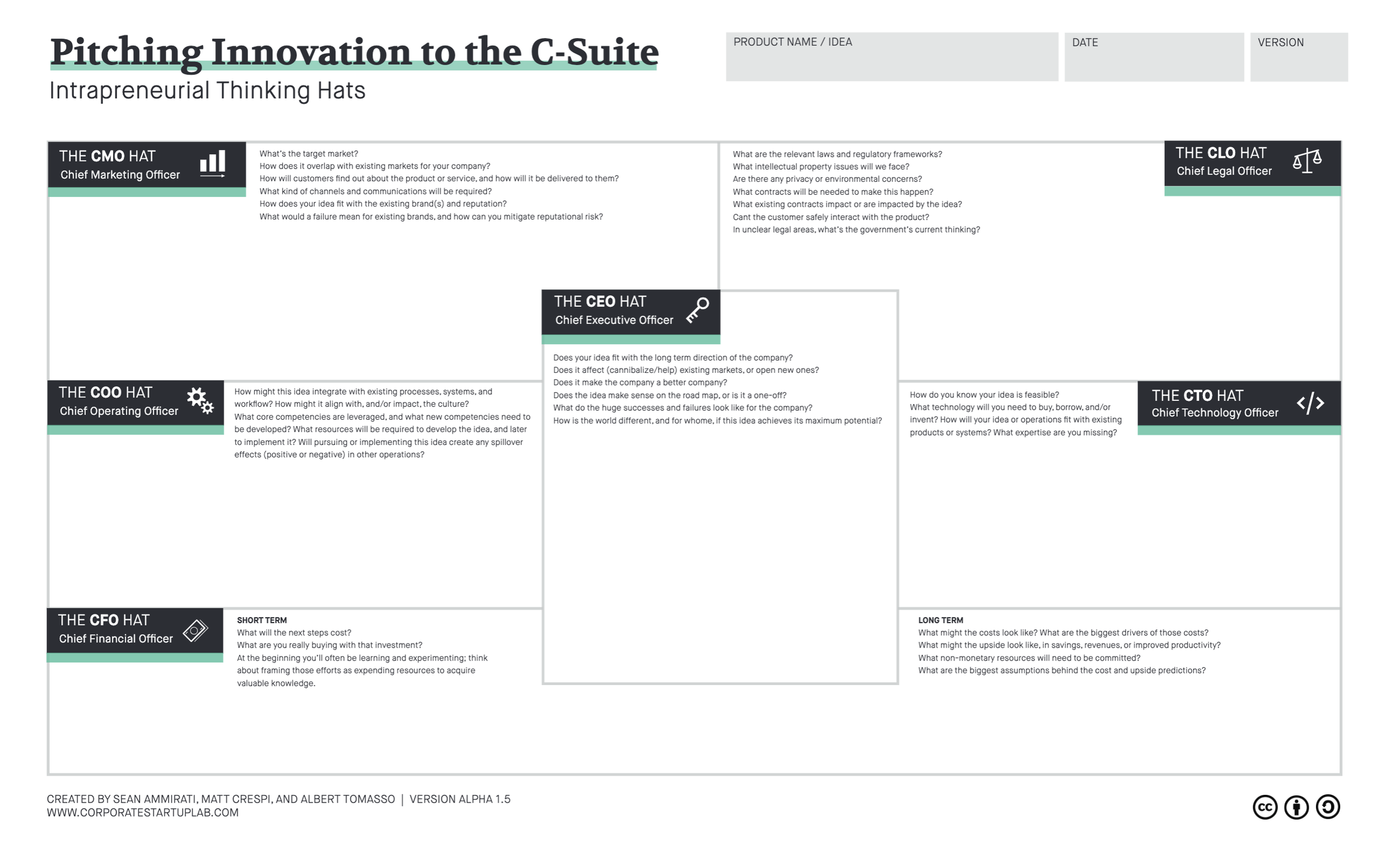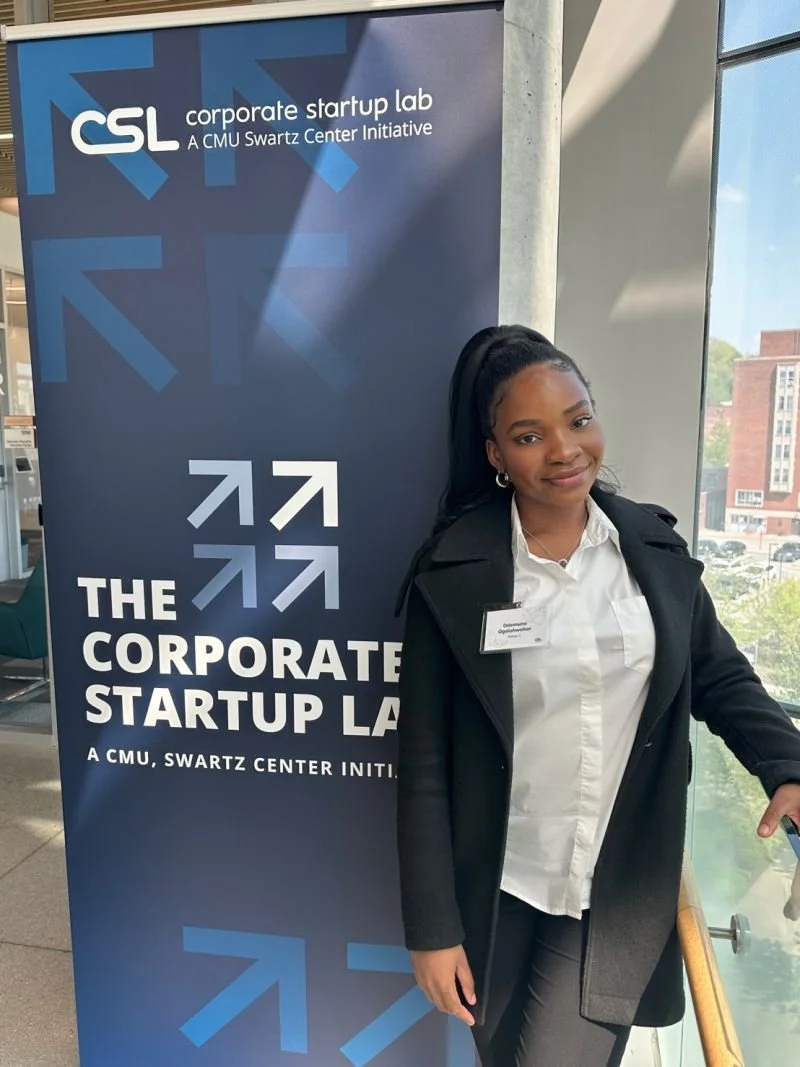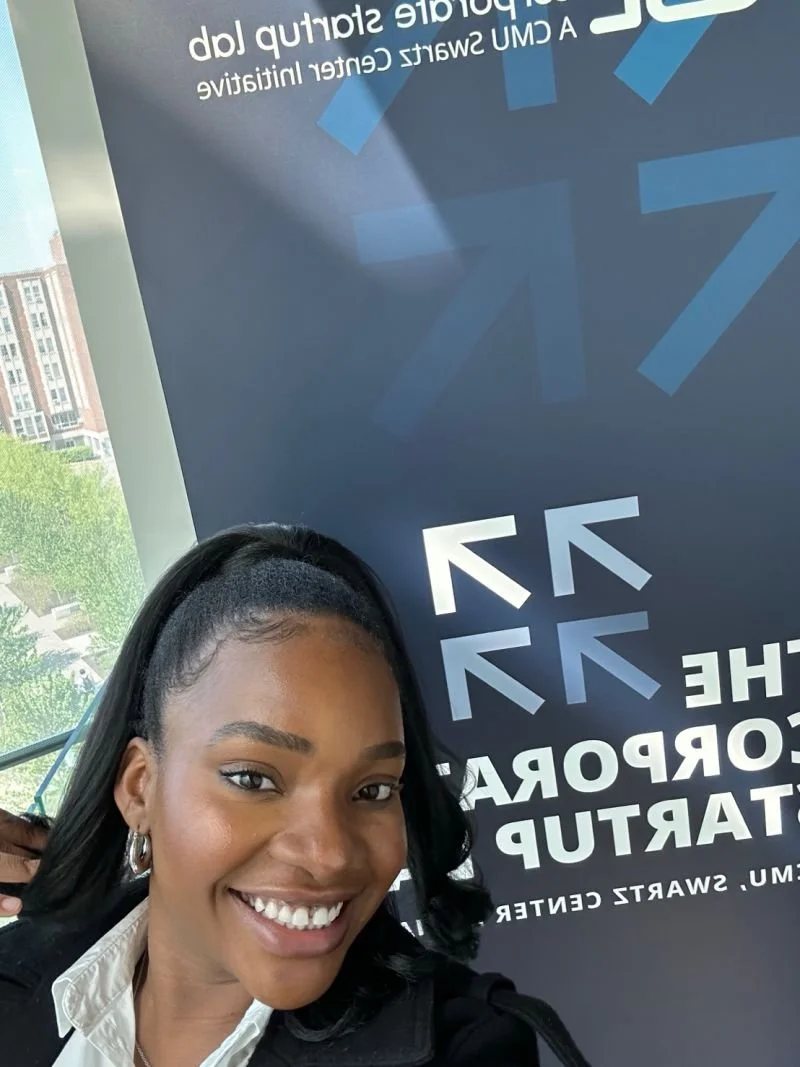Corporate Strategy and Product Management
CMU 45-996 Course: Corporate Startup Lab
Overview
I was in a group of students (4 teams of 6 students each) working with Philips. Philips has over 78,000 employees and is present in more than 75 countries globally. In 2021, their annual revenue was $20.297B which was a 9.04% decline from 2020 (source). For this project, we worked with them to become more entrepreneurial by analyzing, reviewing, and evaluating new business they wanted to start to increase their market share and revenue.
Philips’ Strategic Focus
Over the past 10 years, Philips has undergone a transformation to reshape its portfolio and become a focused health technology company. As a result, we are active in highly attractive segments that offer significant potential for growth and margin expansion. — Philips.com
My Role
I worked on this team as a Product Strategy Manager. I was responsible for developing and implementing a company's product strategy: identifying market opportunities, conducting market research, defining product requirements, and working closely with cross-functional teams to ensure successful product integration into the strategic roadmap.
Disclaimer: I am not allowed to reveal the details and specifics of the business concepts I worked on but I would highlight some learnings and tools from CSL that aided in the success of this project below using the definitions shared in the course.
Competitive and Market Landscape
This is the process of evaluating the competitors and the marketplace to understand strengths and weaknesses. As a product strategy manager, it was important to have a deep understanding of customer needs and market trends, and be able to translate this information into a clear product roadmap that aligns with the company's overall business goals. I reviewed several investment research sources, blogs, statements, annual reports, earning calls, and more to find information about the competitive landscape. This is important to identify opportunities, pain points, trends, risks, and gaps.
For the image above, these are the column names: company name, founding year, headquarters, acquisitions, product quality (ratings), product features, warranty, price, customer reviews, customer service (ratings), product strength, product weaknesses, how to win, why customers choose this, source.
We researched and outlined this information for 13 direct competitors and 3 indirect competitors.
Corporate Startup Canvas
This tool was designed by directors of the Corporate Startup Lab. It helps corporate entrepreneurs think through innovative ideas and identify where and how they could fit within an organization. As seen in the image below, it poses fundamental questions that will help a person or team evaluate ideas, communicate essential information about them, and identify strengths and needs. I had to complete this canvas as an individual assignment for my strategy project, which was a great reflective moment.
Customer Persona and Journey Maps
Personas are characterizations of a real buyer of a product or service whose goals and behavior patterns represent the needs of a larger group of users. The journey maps are infographic visualization of the process that a customer goes through to accomplish a goal.
My team created various customer personas and a journey map to outline the strategic vision and key stakeholders. Here is an example of each visualization:
Customer Persona Example
Journey Map Example
Market Sizing
This is the process of determining the number of potential buyers in a particular market segment and the corresponding revenue those buyers represent. Conducting a market sizing analysis is crucial for strategic and business development projects. It helps to determine the size and potential of the market, identify potential customers, and evaluate the competition. This information is essential for making informed decisions about product development, marketing strategy, and investment opportunities. Without conducting a market sizing analysis, a company may make inaccurate assumptions about the market size, resulting in unrealistic expectations and inefficient allocation of resources
Minimal Awesome Product
The purpose of a MAP, also known as an MVP, is to quickly test and validate a product or business idea with minimum resources and effort. My team implemented two MAP tests.
The first iteration was a card sorting activity where we asked stakeholders to rank a set of 8 broad strategic recommendations (customer loyalty, transparency, partnerships, innovation, etc).
This sorting was followed by a “Thinking Hats” exercise on each of these recommendations. The hats exercise (as seen in the image below) allows the tester to speak for 1 minute on a benefit, caution, and creative solution for a hypothetical card as it related to the business scenario.
The feedback received from testers were used to improve and refine my team’s strategic roadmap, and identify the most critical strategic recommendations to prioritize. I learned that the goal of an MAP is to reduce the risk of following through on a new business idea.
Pitching Innovation to the C-Suite
“One of the most common problems faced by corporate entrepreneurs, especially new ones, is encountering questions and challenges they hadn’t considered. While startup founders all have to wear many hats and perform many job functions, employees of larger companies are more specialized, which can constrain the focus of both a corporate entrepreneur and members of his or her audience.” — CSL Tools
The purpose of this canvas is to facilitate a clear message and organized thinking prior to presenting an idea. I completed this canvas to formulate strategic recommendations, which assisted in aligning my thoughts regarding how to pitch to the C-Suite and identifying key stakeholders for specific conversations.
Reflection
Extremely grateful to Corporate Startup Lab, a CMU Swartz Center Initiative, our sponsor Philips, my peers, and colleagues for their support during my time in the corporate product strategy group. I appreciate the resources provided by CSL, which enabaled me to gain knowledge on customer personas, market sizing, MAP planning, and value innovation, how to pitch to the C-suite. Five key learnings for me were:
1. Embrace experimentation and think outside the box to generate new ideas and approaches.
2. Be comfortable with uncertainty and use it as an opportunity for growth and creativity.
3. Be willing to adjust to changing circumstances and be open to feedback to continuously improve.
4. Don't be afraid to take calculated risks, as they can lead to valuable insights and breakthroughs.
5. Clear and effective communication is crucial for successful collaboration and innovation.
Once again, thank you to everyone who played a part in the successful completion of the project. Special shout out to the CSL team for making this possible: Melissa Murphy, Lou Musante, MLS, Sean Ammirati, Sean Mawhinney, Hallie Johnson.










